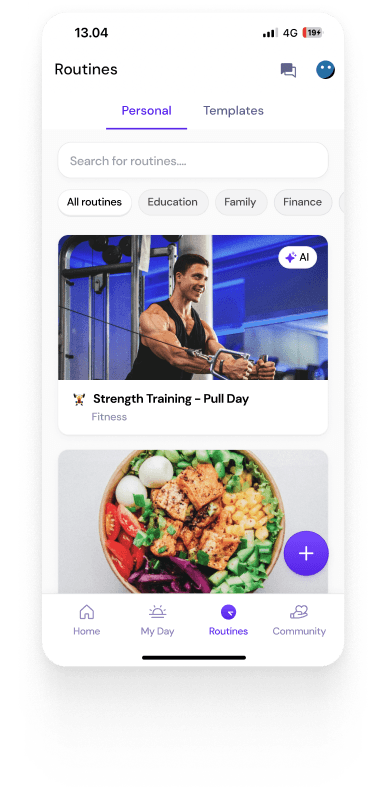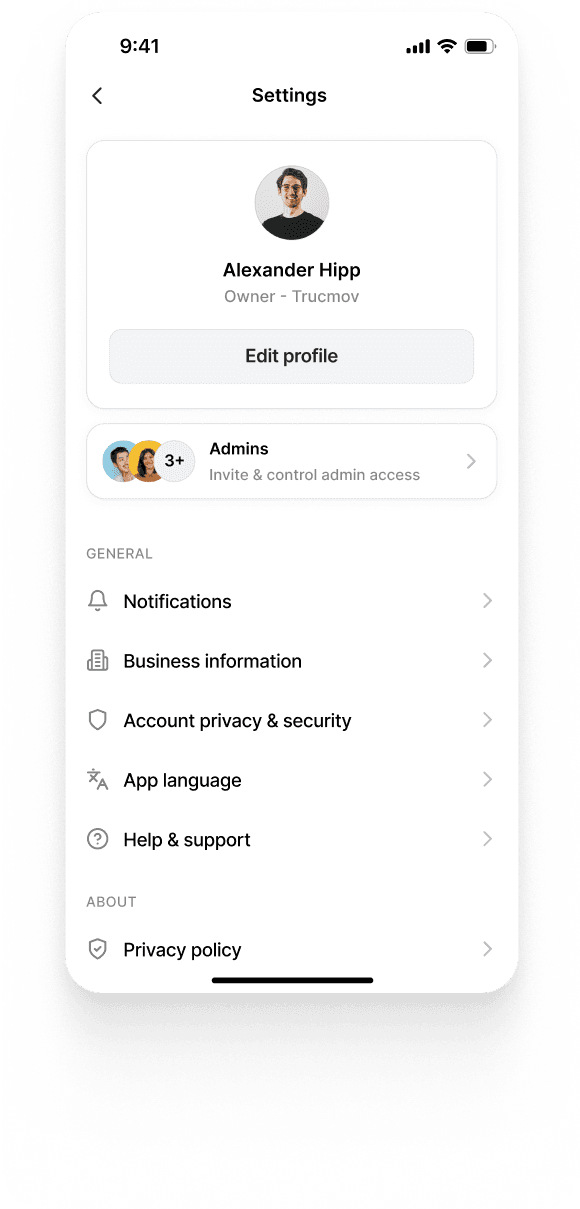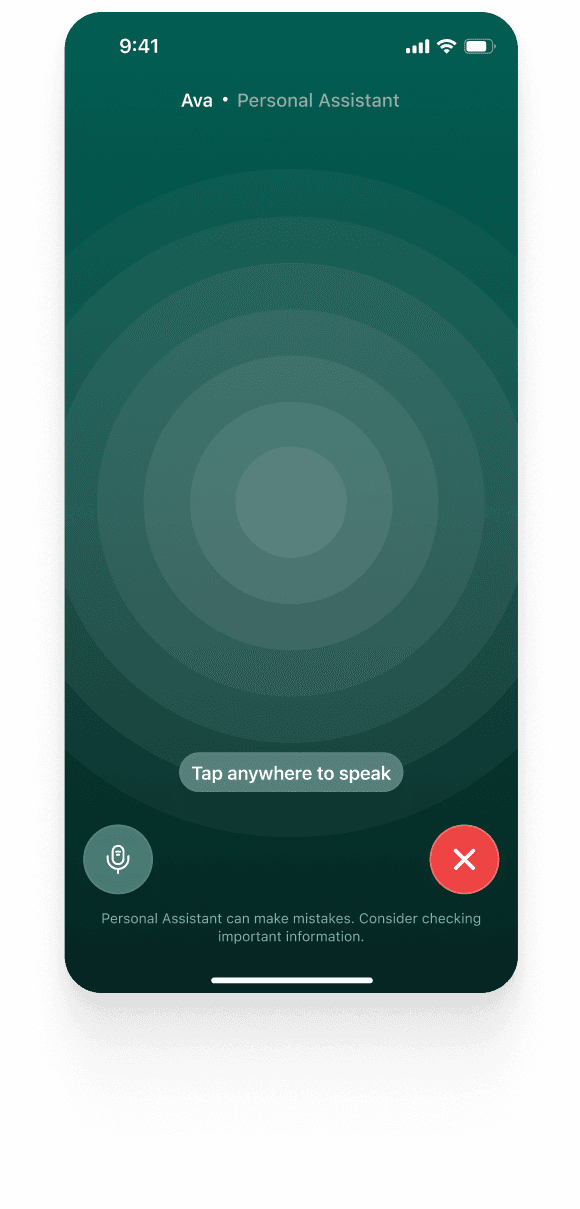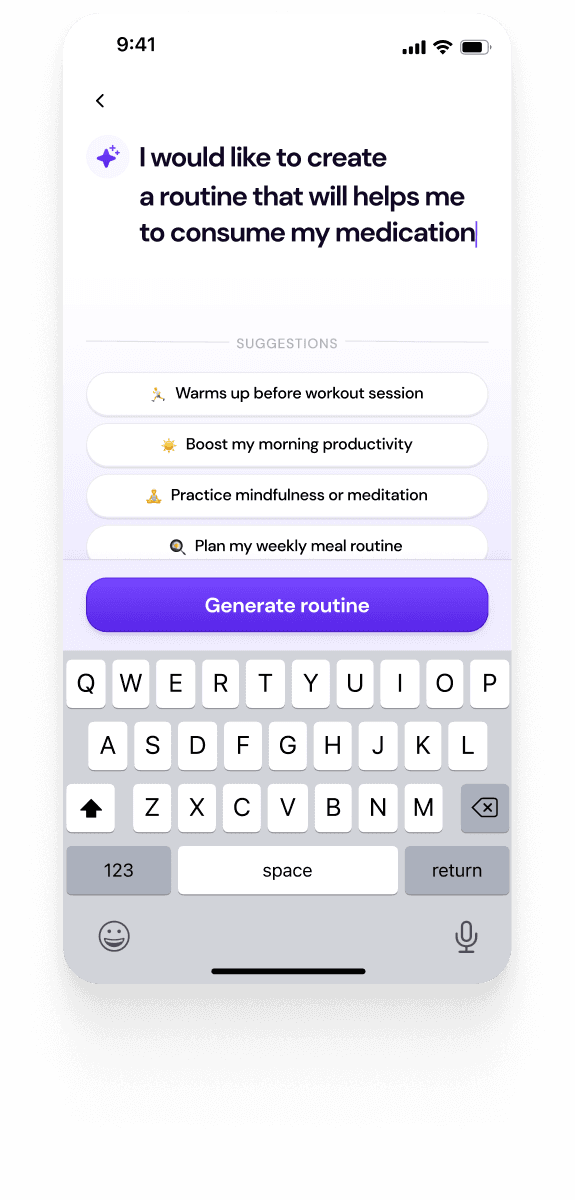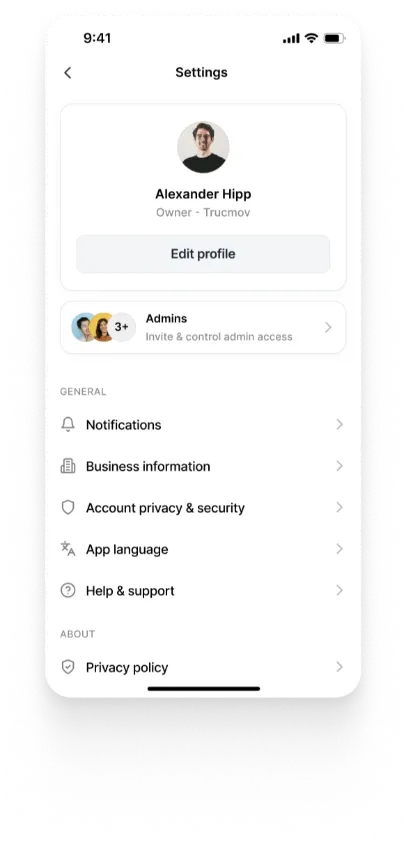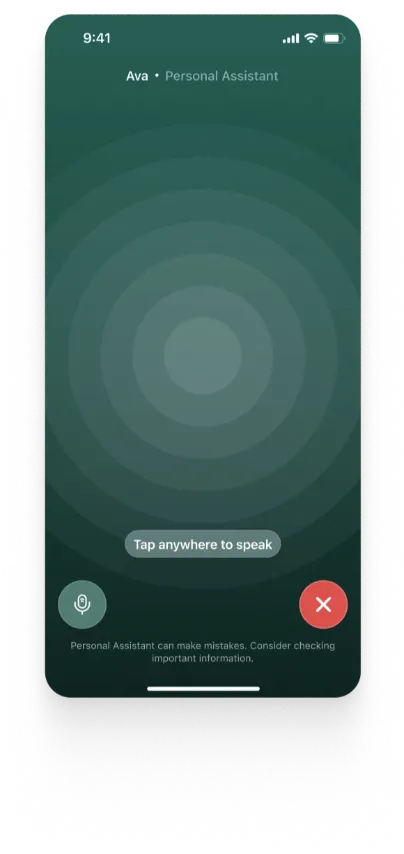Understanding Neurodivergent Needs
Summary
Supporting neurodivergent students involves personalized education plans, securing necessary accommodations, and providing social and emotional support. Educating peers and teachers and overcoming stigma are crucial for creating an inclusive environment that recognizes neurodivergence as a strength and ensures all students thrive.
Key insights:
Neurodivergent students often require specialized understanding and accommodations to succeed in educational settings.
Professional collaboration is crucial in formulating effective Individualized Education Programs (IEPs) and using frameworks like MTSS.
Effective communication with schools is necessary to ensure appropriate accommodations are provided, such as modified seating or tailored lesson breaks.
Social and emotional supports, like counseling and peer support programs, are vital for helping neurodivergent students navigate social challenges.
Educating peers and teachers through workshops can foster an inclusive and supportive learning environment.
Addressing and overcoming the stigma associated with neurodivergence is essential for students to feel safe and supported in their educational journey.
Introduction
The terms “Neurodiverse” and “Neurodivergent” were coined by the autistic sociologist, Judy Singer in the 1990s. She highlighted neurodivergent conditions as an added strength to abilities such as focus, recognizing patterns, and remembering factual information. A neurodivergent person can have one of many conditions such as being on the autistic spectrum, but more generally they are people with brains that process information in a way that is not typical.
There is no doubt that neurodivergence is by birth. Considering the fact that there are many neurodiverse conditions, diagnosing them can be a bit difficult. Some conditions such as ASD can be diagnosed as early as 16 months of age whereas conditions like ADHD only become apparent when the schooling starts. According to the Centers for Disease Control and Prevention’s Autism and Developmental Disabilities Monitoring (ADDM) report, children are diagnosed on an average at about 4 years of age.
Having said that, neurodivergent conditions can create learning disadvantages for students at all levels of education. That is where the learning environments can be improvised to make sure that educational experience is inclusive. In this article, we will address the educational phases of neurodivergent students and their needs in each of those phases.
Understanding the Diagnosis
After a child receives a neurodivergent diagnosis, it becomes essential for parents and caregivers to develop a deep understanding of the unique characteristics, strengths, and challenges associated with that diagnosis. This understanding is crucial because as the child grows and matures, they may not immediately recognize how certain factors or situations affect them. Therefore, it is vital for parents and caregivers to undertake ongoing research and learning about the specific diagnosis in order to provide appropriate support and guidance throughout the child's educational journey.
Researching about specific conditions can be one of the few ways to know about the associated challenges. A child with ASD would need an environment where he feels comfortable and safe. Building such an environment at home is something that has a lot of literature written about. Reading and understanding this literature can allow parents and caregivers to learn more about building such an environment and develop a foundation for neurodivergent children to succeed.
Collaborating with Professionals
A parent or a caregiver can not be a psychologist, therapist or educator at the same time and that is where they need to trust a professional to collaborate with their neurodivergent child. These professionals bring both their knowledge and experience to the table while dealing with the neurodivergent children. With the help of these professionals, the children are able to develop an understanding of how to navigate the challenges of life.
The professionals do not just have a one size fits all type of solution. They work with the child and get to know them better in order to propose a plan of action that helps the child succeed in the challenges. Psychologists and therapists create a schedule of appointments where they learn about the child and work on building their morale. Educators also implement strategies such as using the Multi-tiered System of Supports (MTSS) framework and Individualized Education Programs (IEPs).
Communicating with the School for Accommodations and Modifications
Once the school lives of neurodivergent students start, the challenges faced by them increase exponentially. The schools have an environment that is designed for all students and generally, neurodivergent students might not fit in. That is where a parent or a caregiver is required to get in touch with the school administration and ask for specific accommodations and modifications.
The accommodations can include adding in breaks between a longer lesson or allowing the neurodivergent student to choose his own seat for better learning. Such accommodations are the need of students and if the school administration can provide them, students can make the most out of their time spent at schools.
Social and Emotional Support
As the neurodivergent children grow, they essentially feel the need to socialize in all the places that they spend time at. But as we have discussed above, neurodivergent people are likely to face social and emotional challenges. Coping with these challenges alone become really difficult and that is where social and emotional support becomes a need for them.
Social skills training and counseling is something that the counselors at schools offer and they can really make a difference in the life of a neurodivergent student. Developing emotional intelligence and stability is something that can be tough as well. For that, peer support programmes can be really helpful. Peer support programs are usually mediated by special educators who can provide both support and training to the neurodivergent students.
Educating Peers and Teachers
Peers and teachers play a key role in the learning environment of a neurodivergent student. The support and understanding of both peers and teachers can lead to an inclusive environment where students can thrive. Such an environment can only be created if both the teachers and peers understand the challenges that the neurodivergent students face.
Disability awareness, training workshops and seminars are one of the best methods to educate teachers and students about the challenges of a neurodivergent student. These workshops and seminars include training on what languages to use, what activities to engage in and the general guidelines that make students with neurodivergent conditions feel safe.
Overcoming the Fear of Stigma
The journey of neurodivergent students undergoes a lot of different phases that challenge them. Among all those challenges, overcoming the fear of stigma is a challenge that can cause students to hide their neurodivergence. By hiding neurodivergence, students may think that they are blending in with the environment, but actually they are revoking access to the accommodations that they need.
A research (Cochran, 2022) explored the socialization aspect of the neurodivergent graduates and professionals. They noted that 39% of the students did not apply for educational accommodations and some of them stated that they feared the stigma in social gatherings. Some strategies advised to overcome the fear of stigma include applying strength based approaches and normalizing neurodivergence in educational environments.
Conclusion
Conclusively, the path to supporting neurodivergent students requires attention towards the needs of each student. Their needs involve individualized plans, accommodations, and a focus on acceptance. Collaboration with professionals can ensure the development of personalized education plans that address unique strengths and challenges of each neurodivergent student. Overcoming stigma is crucial, and this can be achieved through awareness and normalization of neurodivergence along with highlighting the strengths of neurodivergent students. By embracing neurodiversity and promoting open dialogue, we can create a supportive environment where every student can succeed.













